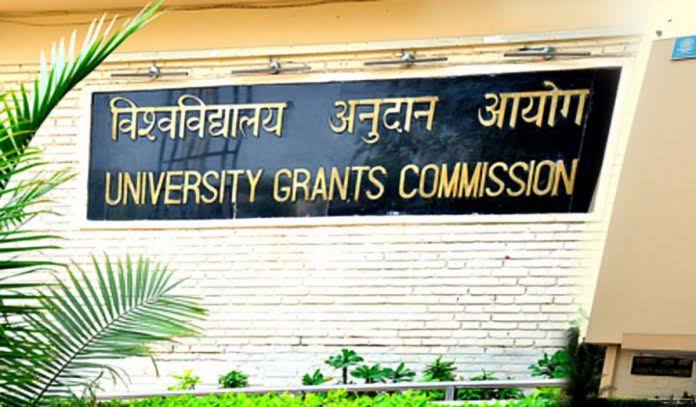With the implementation of the new National Education Policy-2020, there will be aggressive and qualitative changes in the current education system. Many institutions will join, their form will change, then from this conclusion, something new will be created. An important change in this process is that the current form of the University Grants Commission (UGC) will change. It will join the Higher Education Commission.
In such a situation, it is necessary that along with the historical role of the UGC in higher education, the possibilities and challenges of the new structure of the higher education system that is going to stand should also be considered. The proposed Indian Higher Education Service Commission will be divided into four dimensions. The first will be related to regulation, the second is ‘accreditation and recognition’, the third is the ‘favor of grant’ and the fourth is the combination and qualitative development in education.
The Higher Education Services Commission of India will be divided into four dimensions. The first will be related to regulation, the second is ‘recognition and recognition’, the third is the ‘favor of grant’ and the fourth is the combination and qualitative development in education. If you look at the history of UGC, it has written the contribution of many personalities of Indian democratic history.
As we all know that in 1948, the famous educationist Dr. The University Education Commission was formed under the leadership of S. Radhakrishnan. Based on this report, the process of formation of UGC for granting financial grants to universities was accelerated in 1952. It was formed in 1956. From 1952–1956, its role expanded. At the time of formation, it was associated not only with the financial grant but also with the responsibility for combining, arranging, and maintaining the quality of higher education.
The UGC made a golden contribution to the development of higher education under the leadership of many imaginative and innovative presidents over a long period from 1956-2021. It is fitting that it was conceptualized by being influenced by the university education structure of England. But gradually under the skilled leadership of many scholars, it made an important journey in the creation of national higher education.
It is interesting to know that now when the evening of the golden history of UGC is coming, this commission is still working imaginatively. Right now it is also spearheading a campaign to bring new changes in Indian higher education under the new National Education Policy – 2020 under the leadership of its Chairman Professor DP Singh.
Under the transformative combination of Education Minister Ramesh Pokhriyal Nishank, the UGC is engaged in transforming higher education in association with other institutions in the Indian education world. It has increased research focused on the impact of Corona, as well as educating educational institutions for the development of educational institutions, societies around educational areas, rural areas, and tribal groups.
With the implementation of the new National Education Policy-2020, this role of the UGC may develop further in the new framework. These structural changes in the Indian education world will probably be able to represent the Prime Minister’s principle of ‘minimum governance’ in his way. A new type of spontaneity may arise in educational administration.
By making administration simple and easy, it is very possible to open up many possibilities for research, teaching, and innovation in the Indian education world. But any change must be possible only between a continuum. Continuity of efforts makes any change effective and positive. In such a situation, the continuation of the contemporary new works of the University Grants Commission will develop in the future as well, it is believed.
IIT MADRAS LAUNCHES NEW PROGRAM TO BOOST WOMEN LEADERSHIP













